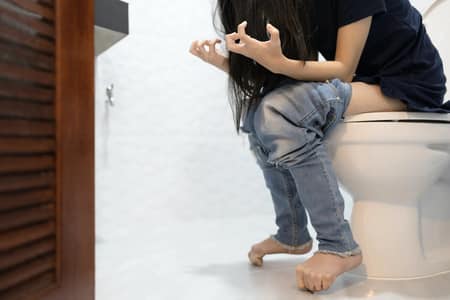Laser Piles (Hemorrhoids) Surgery
Piles or hemorrhoids are painful enlarged blood vessels in and around the anal region. Pristyn Care is one of the best providers of piles treatment in Ahmedabad through painless procedure, which is safe and affordable.
About Piles
Piles, also known as hemorrhoids, is a collection of tissues that are swollen and inflamed that grows in the anal region. Piles may vary in size and can be found inside (internal hemorrhoids) or outside (external hemorrhoids) the anus.
The prevalence of piles is estimated to be 50-85% around the world and in India, 75% of the population is estimated to suffer from piles.
Piles develop when the tissues protecting the anal region get inflamed and the anal passage becomes thin, stretched and irritated when passing bowel movement.
Free Consultation
Get Piles treatment cost estimate
What causes Piles?
The veins around your anus tend to stretch under pressure and may bulge or swell. Hemorrhoids can develop from increased pressure in the lower rectum due to:


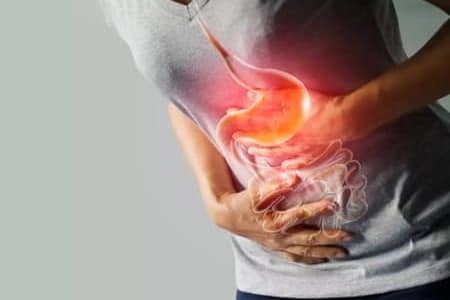
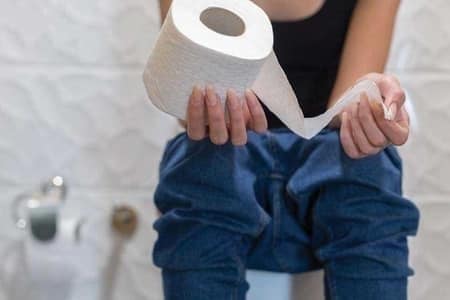


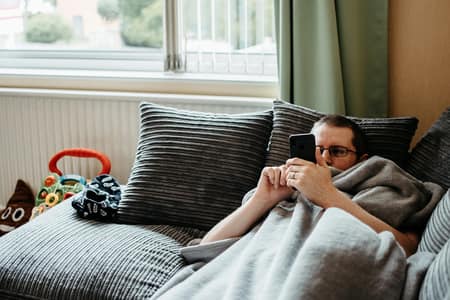


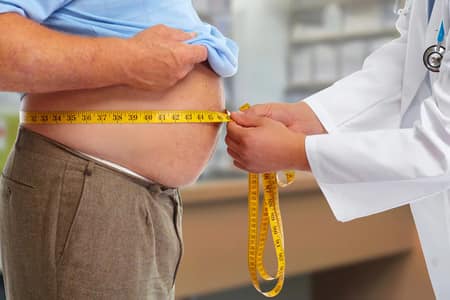
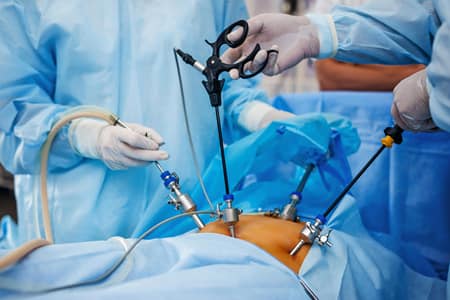

Signs and Symptoms
Piles (haemorrhoids) are very common but not something you’ll want to talk to your friends about. We don’t know precisely how common piles are because many piles are small and not seen by a doctor.
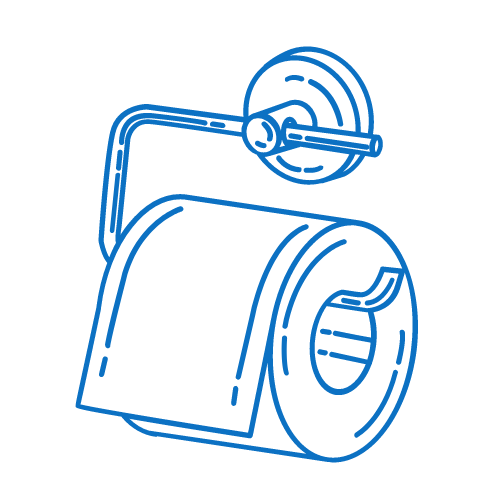
Some of the common symptoms of piles are:
- Intense itching around the anus
- Painful or itchy swelling or lump near the anus
- Painful bowel movements
- Bleeding from your anus during or after bowel movements
- Irritation and pain around the anus
- Leakage of stool

Conditions that may need medical intervention:
- Excessive bleeding in stool leading to anemia
- Infection in and around the anal region
- Fecal incontinence
- Strangulated hemorrhoids
- Difficulty in washing the bottom after passing stools
- Anal Fistula
Grades of Piles
Internal piles start inside your anal canal, but they might hang down and come out your anus. They’re graded according to whether they come out, and if so, how far they come out.
Grade I
Small swellings on the inside lining of the anal. They cannot be seen or felt from outside opening of back passage. Grade 1 are common. In some people they enlarge further.
Grade II
In this grade, the piles are larger than in grade I, but also remain inside the anus. They may be partly pushed out from the anus when you go to the toilet, but quickly spring back inside again.
Grade III
Hang out from the anus when you go to the toilet. You may feel one or more as small, soft lumps that hang from the anus. However, you can push them back inside the anus with a finger.
Grade IV
Grade 4 piles permanently hang down from within the anus, they need immediate attention and you cannot push them back inside. They sometimes become quite large. May experience blood.
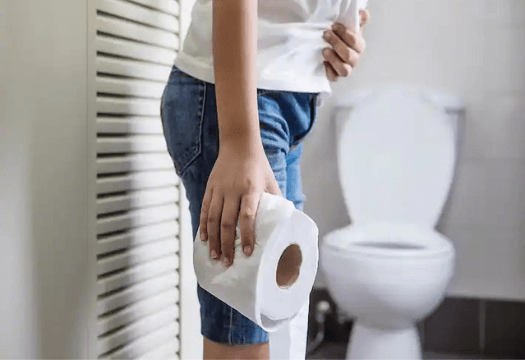
Diagnosis of Piles
Consult a doctor when you see you have the symptoms as mentioned below. He will perform a physical examination of the anal region. In case of external piles, the doctor may be able to see them. To check for internal piles, the doctor performs certain tests of the anal canal and rectum.
- Rectal Examination – The doctor inserts a gloved and lubricated finger into the rectum to check for any growths.
- Visual inspection – The doctor examines the lower portion of the colon and rectum using anoscope or sigmoidoscope.
Treatments of Piles
In most cases, simple measures will alleviate symptoms while hemorrhoids heal on their own. However, medication or surgery may be necessary in certain cases.
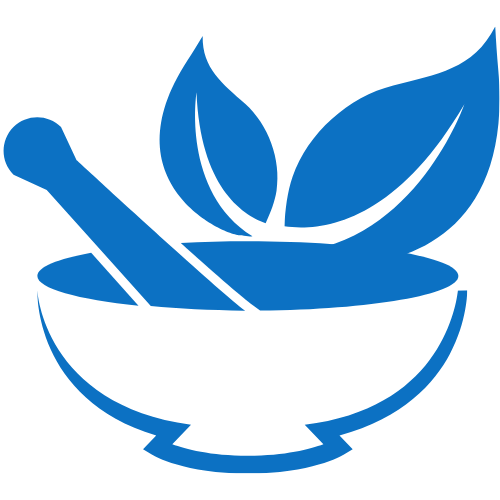
Ayurveda Treatment for Piles
Ayurveda aims to balance the doshas – pitta, vata, and Kapha. It is always recommended to consult a doctor before going for Ayurvedic medicines (Bhaishajya chikitsa) or surgical treatment (Sastra chikitsa). Ayurveda medicines for piles include:
- Pippali
- Arshkalp Vati
- Guggulu
- Amalaki
- Vacha
- Haritaki
- Vidanga
- Black pepper
- Haridra
- Trikatu
- Varuna
- Ginger root
Kshar Sutra Therapy is another Ayurvedic technique where kshar sutra is put at the roots of piles tissues and are tied together. The blood supply to the piles is cut off which allows the piles to shed off in a few days. Before you decide to opt for the treatment, it is important to consider the risks and benefits of the procedure and have a discussion with the doctor.

Surgery for Piles
- Banding: The doctor places one or two elastic bands around the base of the piles, cutting off its blood supply. After a few days, the piles fall off. This is effective for treating hemorrhoids of all grades, except grade IV hemorrhoids.
- Sclerotherapy: Medicinal solution is injected into the tissues to shrink the hemorrhoids. Hemorrhoid eventually shrinks up in a few days. This is effective for grade II and III piles and is considered a better procedure than banding.
- Laser coagulation: This is also known as infrared light coagulation, where a device is used to burn the hemorrhoid tissue. This technique is used to treat grade I and II hemorrhoids, mostly internal piles.
- Hemorrhoidectomy: The excess tissue that is causing the bleeding is surgically removed. This is performed in different ways and maybe done under local anesthetic or a general anesthetic. This surgery is most effective for complete removal of the piles, but there are potential complications including difficulties while passing stools as well as urinary tract infections.
- Laser surgery for piles is preferred over open surgery as it is minimally invasive. There are several benefits of laser surgery over traditional surgery as the recovery is quicker and easier and the patient can resume work within 2-3 days after the surgery.
- Hemorrhoid stapling: In this process, a surgical staple is used to fix hemorrhoid back into place inside the rectum. The blood supply is stopped to the hemorrhoidal tissues. This procedure is usually less painful than open surgery for piles.

Home Remedies for Piles
- Diet: Dietary changes can help regulate stool and keep you away from constipation. It involves eating more fiber such as fruits, vegetables, bran-based cereals and more liquid intake.
- Exercise: Obesity is also a reason for piles. Reducing those extra pounds can reduce the severity of piles. The exercises include:
- Brisk walk
- Deep breathing
- Pelvic floor exercises
- Over-the-counter medication: Medication includes creams, ointments and painkillers to soothe swelling and burning in the anal region. Using witch hazel or numbing agents as topical treatments can also help in reducing the swelling.
- Laxatives: Laxatives can help loosen stools and reduce straining during a bowel movement.
- Soak in warm water: After every bowel movement, soak your anal parts in warm water or take a warm water bath for 10-15 minutes, two to three times a day.
Our clinics are accessible from these cities
If hemorrhoid symptoms persist after 1 week or complications occur, a person may need medical treatment. A person should call a doctor if certain symptoms appear, particularly heavy bleeding, severe pain, or fever. You can visit us at the following cities:
Prevention of Piles
To keep piles at bay, it is important to keep stools soft so that they are easy to pass. Therefore, to reduce symptoms of piles, here are some preventive measures:


